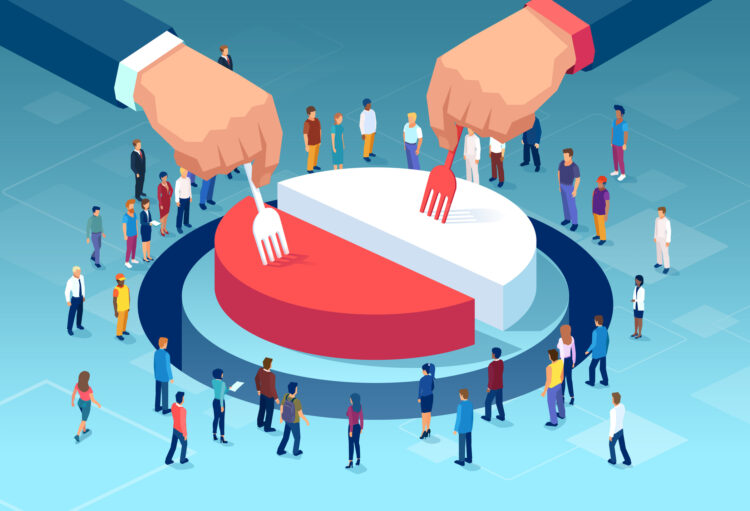
Over the years, the wealthy have brought a great shift into society. The elite has left destruction in their way of life, whether by altering history, destroying landscapes, or reshaping communities. Here, we explore examples of 15 great things that the rich have destroyed over the years.
Renting or Buying or Re-selling Properties

The wealthy are often involved in property investment, which has dramatically increased real estate prices. This as a result has made it harder for ordinary people to buy properties in their desired neighborhoods. Not only that but even renting good properties today costs a fortune. Today, investing in a property means depleting all the savings and taking on expensive debt.
Clothing Brands

The high-end fashion brands are weighing down our pockets today. High-end fashion brands often use ‘sweatshops’ to produce “luxury goods” for elite society. These activities are encouraging economic inequality. While the wealthy are flaunting brands, the labor conditions are terrible. Not only that, but these big brands catering to the rich are also deteriorating the environment.
Cheap Food on the Go

Earlier food trucks or roadside shacks used to cater to the lower- and middle-income groups affordably. However, soon, the rich club turned these easy-go-grab, cheap food items into gourmet bites. Not every but many such food options today have increasingly high prices. The worst part is that the quality has never improved.
Camping
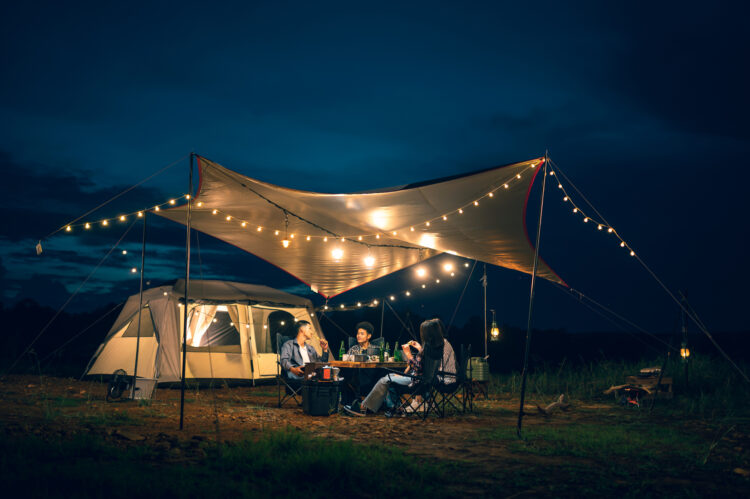
The popularity of luxury camping trips and glamping locations has changed the outdoor recreation business completely. By offering luxury and convenience for wealthy customers, it has additionally ended up in congestion, environmental harm, and the commercialization of natural areas. Besides that, in most locations, camping is no longer an opportunity for average earners.
Access to Quality Healthcare Due to Privatization

Healthcare is the basic right of every individual, but the privatization of medical services has completely ruined it. With private hospitals being the center of better services, it has led to unequal access to medical services. The rich are enjoying better care with less financial struggle, whereas the poor cannot even gain basic healthcare rights.
Natural Habitats for Private Estate/ Resorts
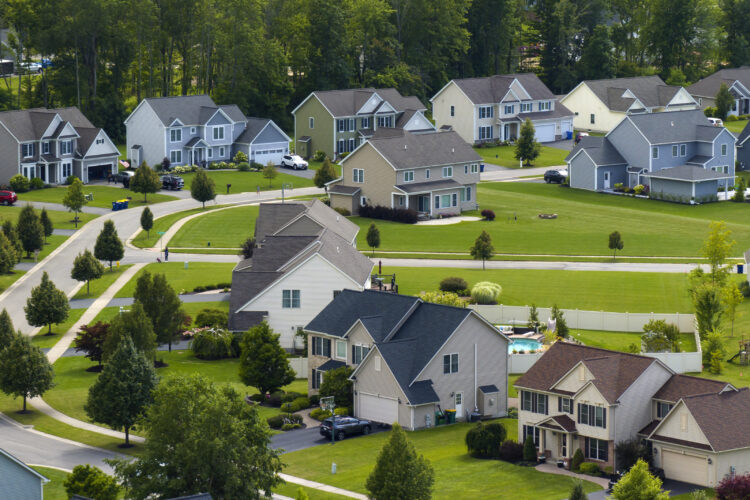
The rich and powerful frequently invest in pristine natural areas for their estates or luxury resorts. This move has destroyed natural habitats with unwanted human exposure towards rare species and displacement of native communities. This exploitation of natural resources for personal benefit has reduced the value of natural areas for future generations.
Old-School Mountain Skiing
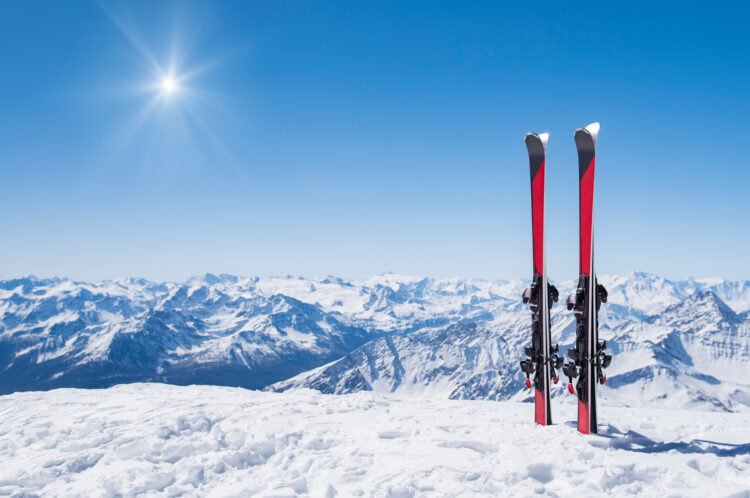
Back in time, everyone could enjoy traditional mountain skiing experiences as they were affordable. However, the same opportunities are now overshadowed by luxury ski resorts catering to the privileged. The commercialization within the mountain in the name of tourism places limits access for local populations and outdoor enthusiasts.
Environment
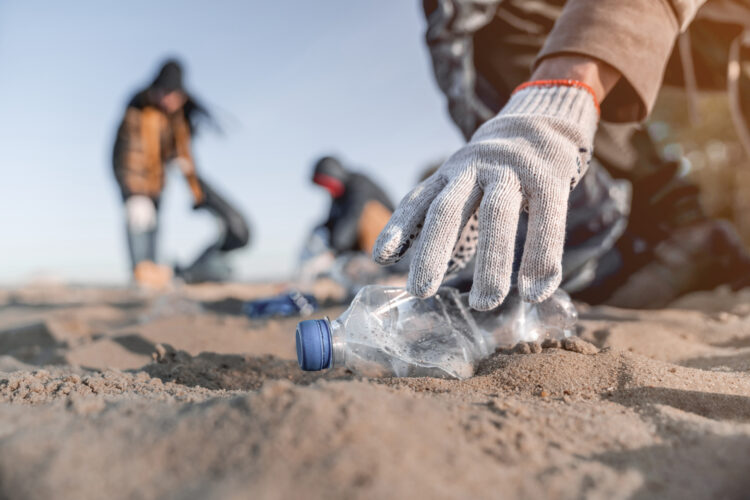
A luxurious lifestyle means excessive consumption and waste. Within the last few decades, the rich have excessively contributed to environmental destruction. From carbon emissions to deforestation and pollution, an affluent lifestyle leaves major footprints in the environment behind. The desire for luxury and comfort has a huge environmental impact.
Organic/Farm-to-Table Food

The increased demand for organic and farm-to-table food among the wealthy has destroyed several blessings of life. It has led to the commercialization of environmentally friendly farming techniques. Despite encouraging healthy eating habits, this trend has also increased food prices, making them unaffordable to lower income people, thereby increasing food inequality.
Historical Landmarks for Modern Structures
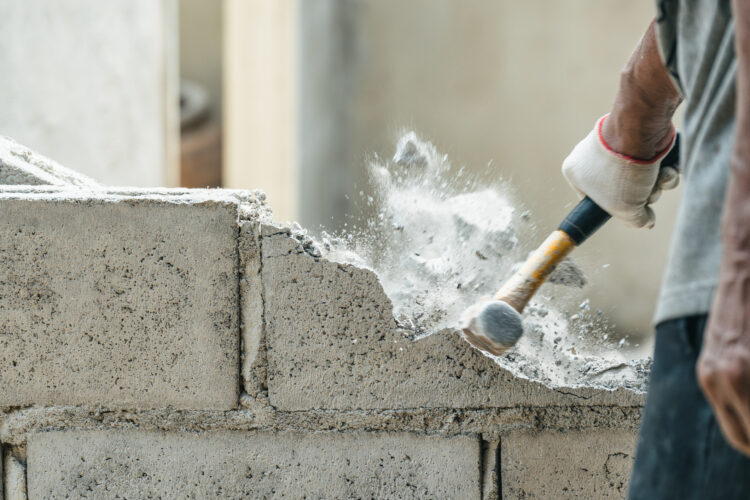
Historic landmarks are sometimes removed to make way for modern structures or luxury complexes. While these places are universally used, they are more popular among the rich and famous. The elimination of cultural legacy degrades communities and disconnects individuals from their history, putting economics ahead of preservation.
Degradation by Industrialists
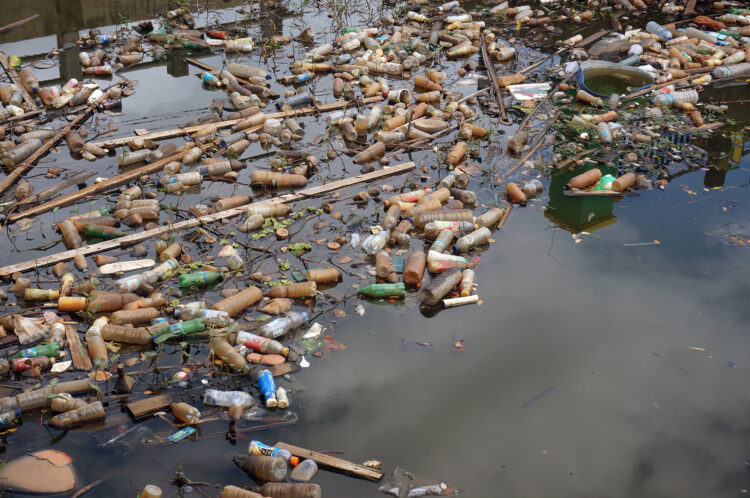
Industrial activities are typically driven by profit motives, a game fair enough. However, this often results in environmental degradation, including air and water pollution, habitat destruction, and loss of resources. The rich, with their desire for wealth, are causing irreversible damage to ecosystems. They are also risking the health and well-being of lcal communities.
Education System Among Rich and Poor
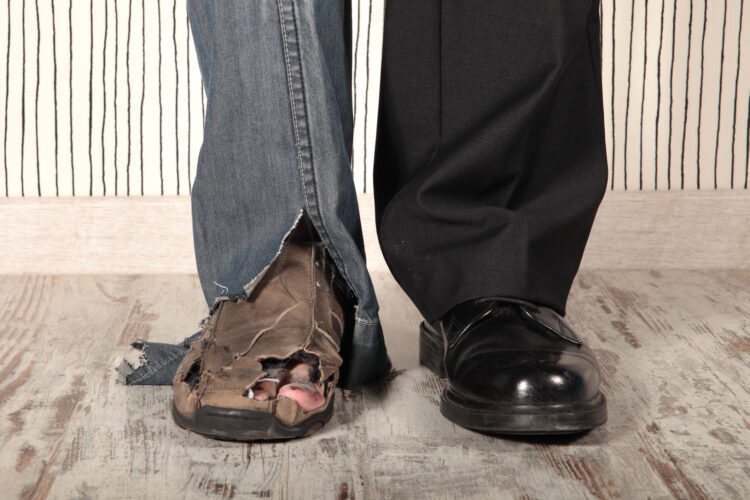
The educational inequality between the rich and the poor has increased in the last few decades. It has also increased social inequality and limited opportunities for those in need. Private schools today are accessible to the wealthy, but the lower middle class faces a challenge in reaching them.
Collectibles
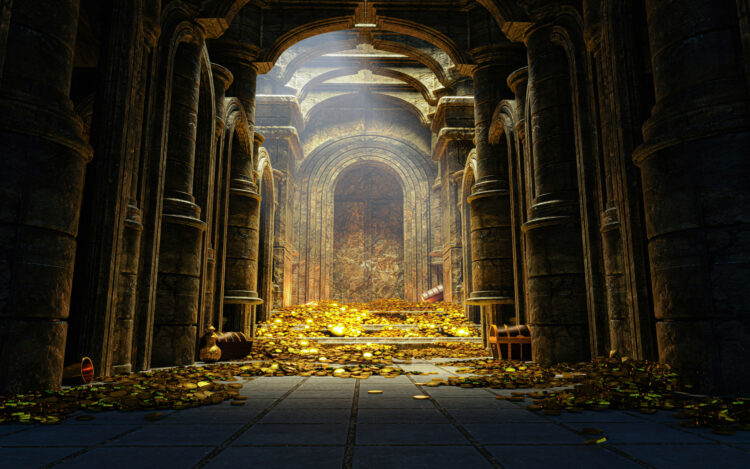
The wealthy elite frequently buy rare and expensive artifacts. This, as a result, has raised market prices, thus creating artificial scarcity in the market. This obsession with material items promotes materialism and devalues cultural heritage. As a result, it deprives society of its shared legacy and cultural treasures.
Theme Parks
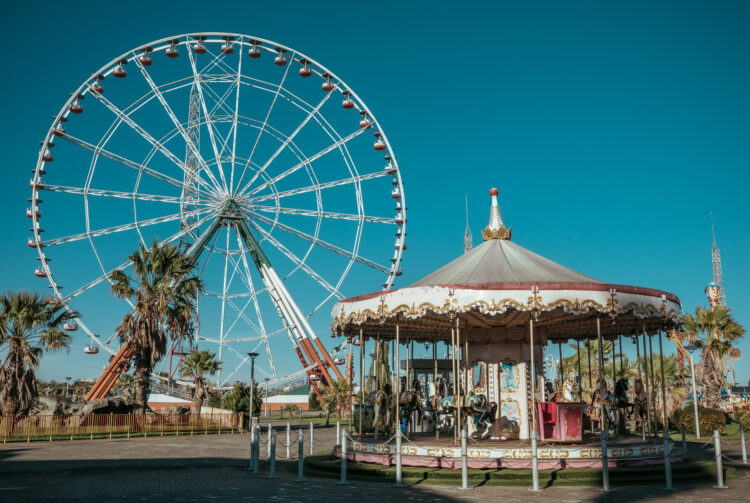
The growth of lavish theme parks targeting affluent tourists has converted natural landscapes into artificial playgrounds. Earlier the entertainment was equal for everyone. Today, the rich are jumping queues whereas the less privileged are struggling with time and expenses. The commercialization of recreational areas has also stressed the local communities and ecosystems.
Thrifting

The growth of thrifting as a trend among the wealthy has made second-hand shopping a fashionable pastime. Earlier, thrifting was affordable for every income group, but lately, the rising prices and limited access have ruined it all. Today, visit a thrift store, and even $10 will get you nothing.

Comments
Loading…